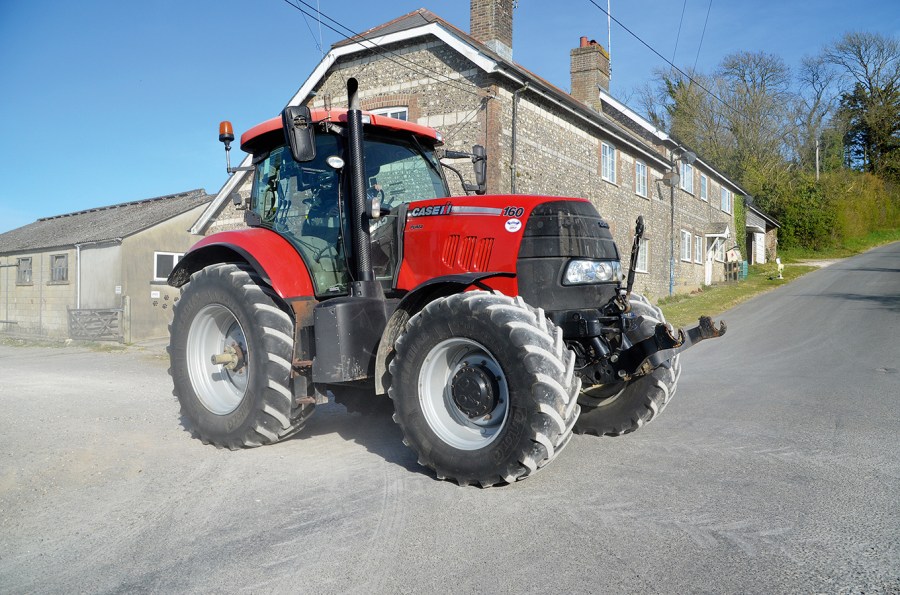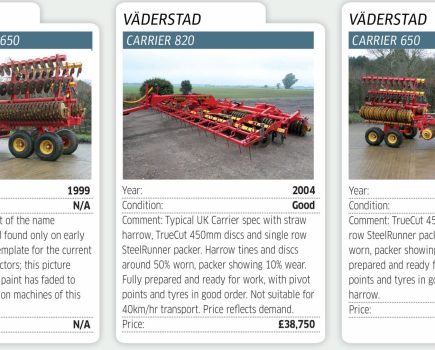Following on from last month’s feature looking at how Superglide retrofit kits can improve the performance of cab suspension on New Holland and Case IH tractors, this issue we look at how to go about fitting the firm’s front axle kit
A tractor’s front axle suspension has to work over a very wide and extreme weight range. If a heavy implement is mounted on the rear linkage the load on the front beam becomes much lighter but the suspension still has to perform to enable the axle to remain safely in contact with the deck. The other extreme is when a heavy front implement is hitched onto the front linkage or a loader put to work shifting heavy payloads.
Different tractor manufacturers and axle makers have different ways of approaching these issues and some set-ups are better at dealing with varying loads than others.
CNH approach
Up until 2015 CNH tractors built at both Basildon in Essex and St Valentin in Austria were fitted with a fairly basic form of hydraulic front axle suspension employing a single gas accumulator to provide springing. Put simply, the system works by using a hydraulic ram to support the front axle. It is plumbed into a circuit which includes a sphere or gas accumulator.
This spherical vessel is split in two and divided by a rubber diaphragm, the lower half containing oil, the upper section filled with nitrogen gas to act as a spring/damper. A level sensor on the front beam measures the axle position and increases or decreases the amount of oil in the system to correct ride height. This system is ideal for tractors due to their ready supply of oil pressure and it is quickly able to react and self-level with varying loads.
For more up-to-date farming news and reviews click here and subscribe now to profi for just £3.99 an issue.





